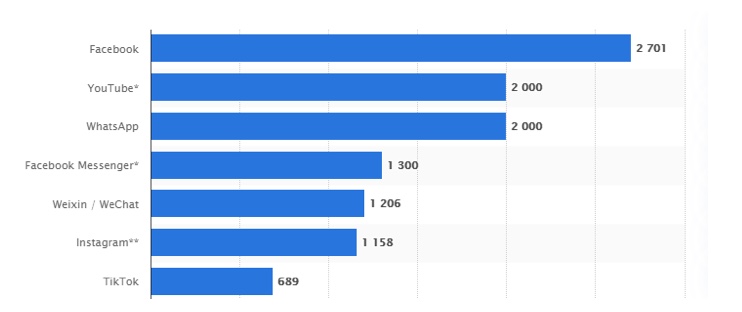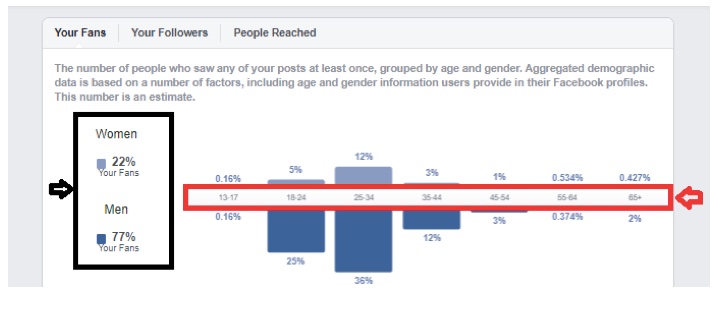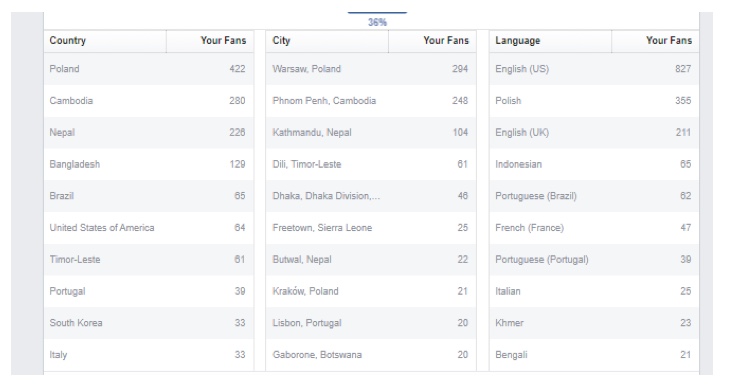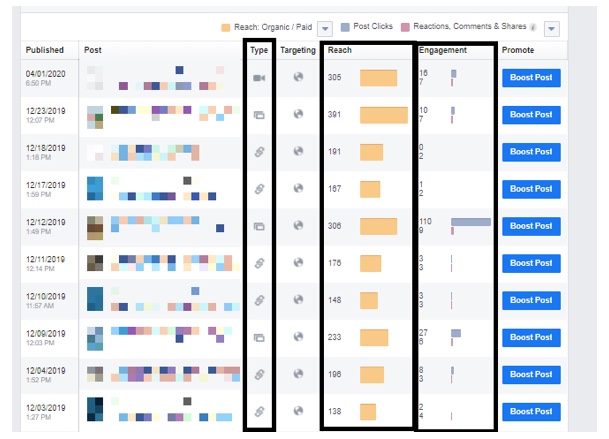Kate Khom
There is no doubt that social media marketing is here to stay. Currently, in digital marketing, there is no other way to reach so many people at once. Reportedly, only by using Facebook alone you can already reach over two billion people, not to mention other popular social media platforms like Instagram and TikTok that together have almost two billion users:

The beauty of social media marketing is that it can fit the needs of any industry, and recycling is not an exception. You can run great recycling campaigns on social media, engage a lot of people with your content, and even make your campaign go viral. However, to make sure that you’re doing everything right, you need to make friends with social data, which is the information publicly shared with people online, mostly on social media. This data can help you find the audience for your campaign and select the right type of content to engage it. So, we’ll take a look at the three ways businesses in the recycling industry can run successful campaigns on social media using social data.
1. Employ Social Data to Research Your Audience
The first goal of any campaign is to determine the target audience. The process of building a target audience persona is quite complicated and requires a lot of research of the audience’s demographics that include not only age and gender, but even location, language level, and even the income, education, and marital status.
Social data can help you get answers to some of these points. If you are active on social media, you already have some social data to crawl that will show you the demographics of your audience. For instance, on Facebook, you can check out the age and gender breakdown by percentage to see which group is the most active on your page:

On the image above, you can see gender distribution highlighted with black and age distribution highlighted with red. From this social data, it’s easy to assume that the majority of users who follow this page are men aged 25-34, who can potentially become the target audience for the campaign.
Many recycling campaigns are run locally, and if yours will also target a specific location, you also need to include the data on your audience’s location and language. Facebook also has these insights, and you can check them in the Analytics tab:

Based on this data, you can start developing content that your recycling campaign will use to target the audience with specific characteristic features and needs.
2. Get Content Insights from Your Audience
A recycling campaign usually aims at using educational content that will inform the target audience more on this topic. However, it can be quite challenging to pick the form for this content. Social data can help you with that. Your social media followers share their impressions when they see your content. These impressions include likes, shares, and comments. Social media platforms collect this information and turn it into social data on content preferences.
If you have trouble finding the right content form for your recycling campaign, this data can be very helpful. Here’s how it looks on Facebook:

In the image above, there are three highlighted fields – content type, reach, and engagement. The data in these columns can help you select the content type that drives the most attention from your audience and use it in your recycling campaign.
3. Use Social Data to Find Trending Hashtags
If you want your recycling campaign to be successful, following current trends in your industry is a must. One of the most effective ways to track these trends is through the analysis of hashtags, which you can also include in your campaign to boost engagement.
However, before you include any hashtags in your content, it’s important to track their performance. Hashtags carry social data as well, as they are shared by social media followers, who use them to spread content on the platforms.
Consequently, not every hashtag will have a high performance. To illustrate this point, let’s take a look at a couple of hashtags related to the recycling industry.
#zerowaste:

#sustainability:

From these two examples, you can see that both hashtags have a decent overall and recent popularity, however, #zerowaste has lost 5% in monthly trend, while #sustainability has more stable performance. This indicates that #sustainability is a better choice if you want to increase the visibility of your content.
So, make sure you analyze the performance of the hashtags before you include them in your content. However, keep in mind that all the hashtags should be relevant and not mislead your target audience.
Over to You
It can be quite hard to run a recycling campaign on social media. This industry is very specific and targets an audience with particular characteristics and needs. If you find yourself struggling with your recycling campaign, try involving social data in the process. It can help you get deeper insights into your target audience, its content preferences and improve the visibility of your campaign with proper hashtags. Hopefully, the tips and examples we shared in this article will help you befriend social data and use it to launch a successful recycling campaign.
Kate Khom is a passionate writer who likes sharing her thoughts and experience with the readers. Currently, she works as an online reputation manager, you can check her website. She likes everything related to traveling and new countries.
Photo by NeONBRAND on Unsplash.
